Legume (Fabaceae)
Purple Milk-vetch
Astragalus agrestis Dougl.This low-growing perennial plant tends to occur in patches, and can expand over large areas by rhizomes. It is generally found in moist prairies at cooler latitudes. It has purple pea-like flowers that attract insects such as bees and Skippers, some of which also act as pollinators. It is potentially harmful to humans and animals if eaten, as some milk-vetches are known to accumulate toxic levels of selenium.
Flower Colour:
- Purple
Flowering Season:
- Spring
- Summer
Flowering Months:
- August
- July
- June
- May
Canadian Rarity Status:
Not rare. Listed as “sensitive” in the Yukon and Northwest Territories, and “may be at risk” in Ontario.
Physical Appearance:
Numerous slender, hairy stems grow 10-30 cm tall, that are often leaning. The alternate, hairy leaves are divided into 11-23 linear to oblong leaflets with notched tips. Purple flowers occur in short clusters on stalks emerging from leaf axils, the outermost ones blooming first. Each flower has one has one upper narrow banner petal, two wing petals, a pointed keel, and a toothed, hairy calyx. Fruits are erect, oval-shaped, hairy capsules containing seeds.
Similar Species:
Ascending Purple Milk-vetch, Ground-plum (Astragalus crassicarpus Nutt.), Missouri Milk-vetch (Astragalus missouriensis Nutt.)
Gardening Notes:
Seeds and/or plants may be available from greenhouses and seed supply companies specializing in native plants. Can be propagated using seed.
Canadian Distribution:
- Alberta
- British Columbia
- Manitoba
- Northwest Territories
- Ontario
- Saskatchewan
- Yukon
Prairie Types:
- Fescue Prairie
- Mixed Grass Prairie
- Tall Grass Prairie
Habitats:
- Open Woodlands
- Prairies
- Sagebrush
- Streambanks
Moisture Conditions:
- Moderate
- Moist
Light Preference:
- Full Sun
- Part Shade
Soil Preference:
- Clay
- Loam
- Silt






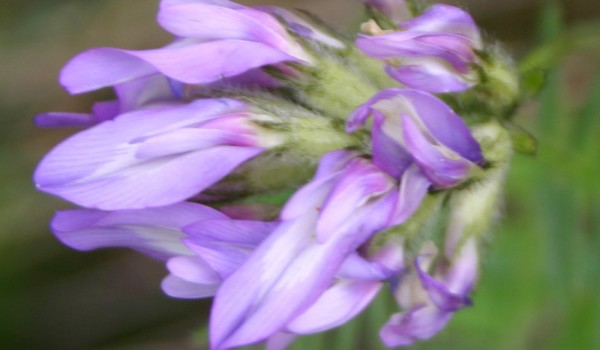
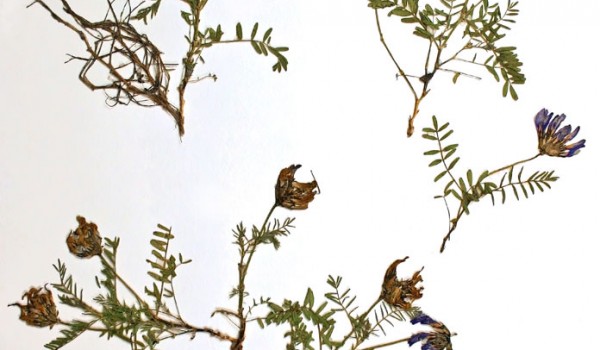
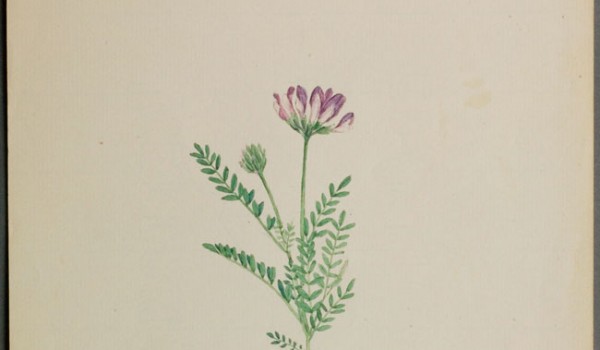
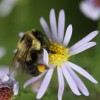 Bumble, Honey, and other Bees (
Bumble, Honey, and other Bees (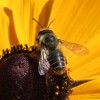 Leafcutter and Mason Bees (
Leafcutter and Mason Bees (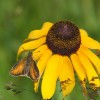 Skippers (
Skippers (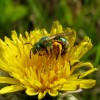 Sweat Bees, Halictid Bees and other Bees (
Sweat Bees, Halictid Bees and other Bees (